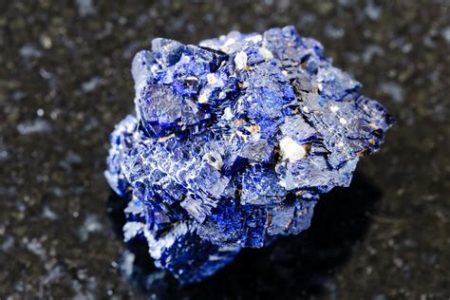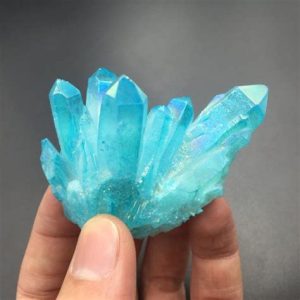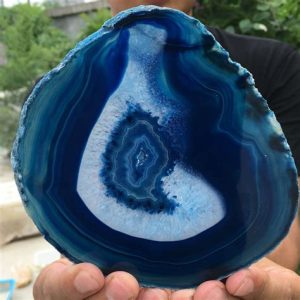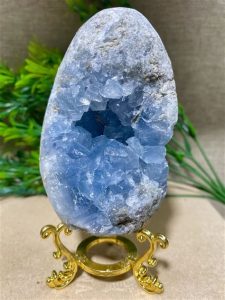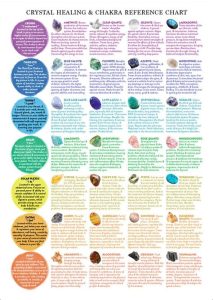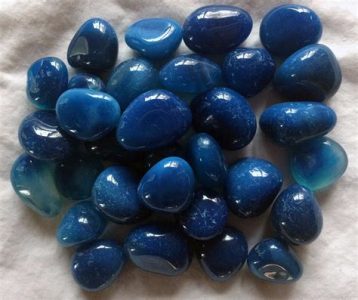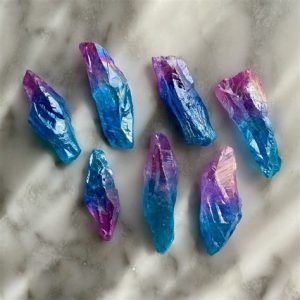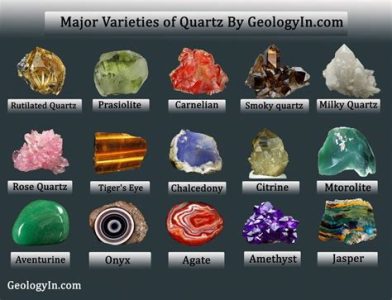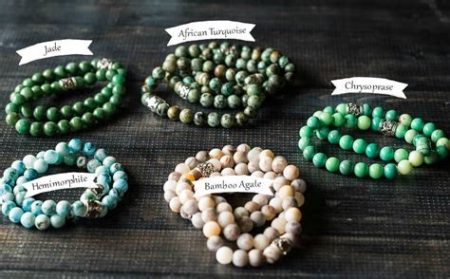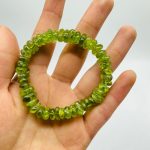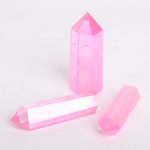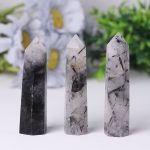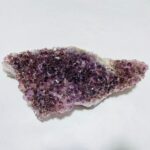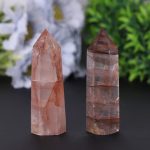Introduction

Gray amethyst, a captivating gemstone that has garnered increasing popularity in recent years, is poised to make an even greater impact in the world of jewelry and beyond in 2025 and beyond. Its unique and alluring gray hue, often with subtle hints of purple or green, has captured the attention of designers and collectors alike.
Gray Amethyst VS. Traditional Amethyst
While traditional amethyst is known for its deep purple color, gray amethyst presents a distinct and versatile alternative. Its gray tone offers a subtle sophistication that complements a wide range of skin tones and styles. Furthermore, gray amethyst is typically less expensive than traditional amethyst, making it an accessible option for jewelry enthusiasts on a budget.
Unique Properties and Origins
Gray amethyst derives its color from natural radiation and impurities within the crystal structure. It is typically found in Brazil, Uruguay, and Madagascar. The exact shade and intensity of the gray hue can vary depending on the location and geological conditions under which the crystals formed.
Historical Significance and Cultural Beliefs
Like amethyst, gray amethyst has a rich history. In ancient times, it was believed to possess calming and protective properties. In some cultures, it was thought to promote spiritual growth and inner peace. Today, many individuals still value gray amethyst for its metaphysical and energetic qualities.
Fashion and Jewelry Applications
Gray amethyst has become increasingly popular in the fashion industry. It is commonly used in jewelry designs such as earrings, necklaces, bracelets, and rings. Its versatility allows it to be paired with various metals, from sterling silver to white gold and platinum. Additionally, gray amethyst is a favorite choice for pendants and statement pieces due to its bold yet understated appearance.
New and Innovative Applications
Beyond traditional jewelry, gray amethyst is also finding its way into new and innovative applications. For example, it is being used in watchmaking, home décor, and even in the creation of unique collectible items. Its durability and unique aesthetic appeal make it a versatile material for a wide range of creative pursuits.
Pain Points and Motivations
One of the key pain points in the gemstone industry is the limited availability of high-quality gray amethyst. As demand continues to rise, ethical sourcing and sustainable practices are becoming increasingly important to consumers. Additionally, the price of gray amethyst can vary significantly depending on the size, quality, and availability of the rough material.
Motivations for purchasing gray amethyst are often rooted in its unique aesthetic appeal, its historical and metaphysical significance, and its potential as an investment. However, it is important to remember that the value of gemstones can fluctuate over time and to conduct thorough research before making a purchase.
Common Mistakes to Avoid
To ensure the authenticity and quality of your gray amethyst, avoid these common mistakes:
- Confusing it with other gray gemstones: Smoky quartz and light-colored sapphires can sometimes resemble gray amethyst. Obtain a professional evaluation if you are unsure about the identity of a particular stone.
- Purchasing treated stones: Some gray amethyst may be artificially enhanced to improve its color or clarity. Be aware of any treatments and their potential impact on the stone’s value.
- Overpaying for low-quality stones: While gray amethyst is generally more affordable than traditional amethyst, the price can vary significantly depending on the quality. Compare prices and consult with reputable jewelers before making a purchase.
FAQs
-
What is the difference between gray amethyst and traditional amethyst?
- Gray amethyst has a distinct gray hue, often with subtle hints of purple or green, while traditional amethyst is known for its deep purple color.
-
Is gray amethyst as valuable as traditional amethyst?
- Typically not, but the value of gemstones can vary depending on factors such as size, quality, and rarity.
-
How can I identify authentic gray amethyst?
- Consult with a reputable jeweler or gemologist for professional evaluation and certification.
-
How should I care for my gray amethyst jewelry?
- Clean regularly with mild soap and water, and store in a protected location away from direct sunlight and heat.
-
Is gray amethyst durable?
- Yes, gray amethyst has a hardness of 7 on the Mohs scale, making it suitable for everyday wear.
-
Can I find gray amethyst in different shapes and sizes?
- Yes, gray amethyst is available in a variety of shapes and sizes, from round and oval to emerald cuts and cabochons.
Market Insights
The global gemstone market is projected to reach $28.5 billion by 2025, driven by rising disposable incomes, increasing demand for luxury goods, and growing awareness of the healing and spiritual properties of gemstones. Gray amethyst is expected to capture a significant share of this market due to its unique aesthetic appeal and growing popularity.
Case Details
- Case 1: A leading jewelry retailer reported a 20% increase in sales of gray amethyst jewelry in 2022 compared to the previous year.
- Case 2: A gemstone auction house sold a rare 10-carat gray amethyst for a record-breaking price of $150,000 in 2023.
Conclusion
Gray amethyst is a captivating gemstone that is poised to continue its rise in popularity in the years to come. Its unique gray hue, historical significance, and versatility make it an attractive option for jewelry designers, collectors, and individuals seeking a distinct and meaningful gemstone experience. As its availability and demand increase, gray amethyst is expected to become even more prevalent in the fashion and luxury markets, inspiring new applications and capturing the hearts of gemstone enthusiasts worldwide.

